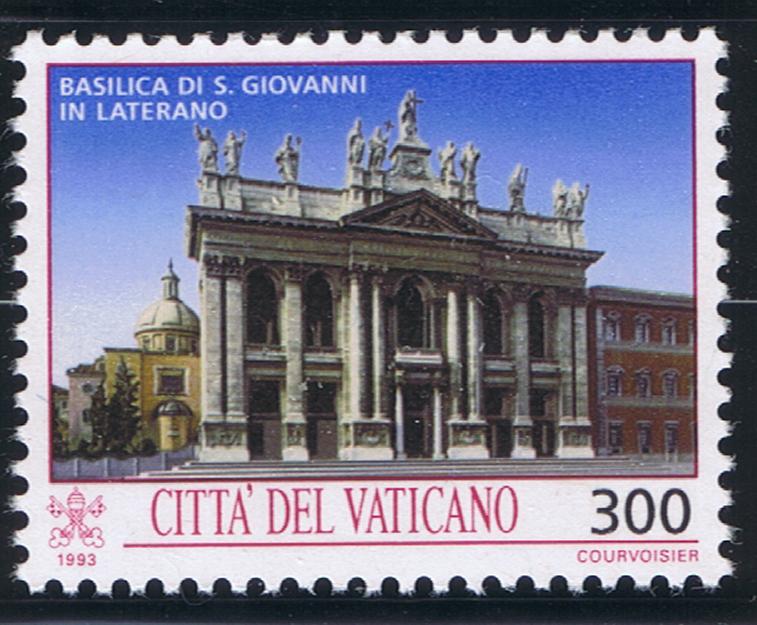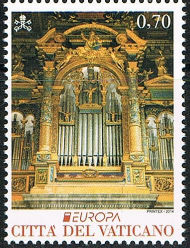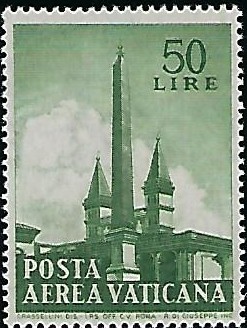
Home
Founded in 324, St John Lateran is the oldest public church in the city of Rome, and the oldest basilica of the Western world. It was originally dedicated to Christ the Savior. Centuries later, two additional patrons were added, St John the Baptist and St John the Evangelist. The Basilica of St John in Lateran is one of four main basilicas of the Eternal City that include the Basilica of St Peter, the Basilica of St Paul, and the Basilica of St Mary Major. It houses the cathedra of the Roman Bishop and has the title of Ecumenical Mother Church of the Roman Catholic Faithful. It is the Cathedral of the Diocese of Rome and the Official Ecclesiastical Seat of the Pope. Every pope, beginning with Pope Miltiades, occupied the Lateran Palace until the reign of the French Pope Clement V, who in 1309 transferred the seat of the Papacy to Avignon, a Papal fiefdom that was an enclave in France. The building survived two fires and an earthquake. It was rebuilt in the late 16th century during the reign of Pope Sixtus V. The new structure's interior was renovated in the late 17th century, and its façade was completed in 1735 under Pope Clement XII. 

 Archbasilica of St John Lateran Exterior Views 



Archbasilica of St John Lateran Interior Views St John Lateran was not a person. The land on which the Archbasilica was built on what was once owned by Plautius Lateranus. In AD 65, Lateranus, who was then consul designate, was accused of being a participant of the Pisonian Conspiracy (its plan was to kill Emperor Nero.) Lateranus joined from no personal grudge against Nero, but out of patriotism alone. His part in the plot was as follows: He was to prostrate himself before Nero, in a pretense of petitioning for financial assistance; then, being both 'resolute and muscular', he was to bring him down and hold him, allowing others of a military nature involved in the plot to kill him. When the plot was exposed, Nero had Plautius beheaded. His 'removal' was so hasty that he was not permitted to say goodbye to his children, nor to choose the manner of his death. He was taken to a 'place reserved for slave executions' and died in resolute silence. Plautius Lateranus' home was the "Domus Lateranus", later called the "Lateran Palace in Rome". The Archbasilica lies outside of Vatican City proper, which is located approximately 2.5 miles to the northwest. Nevertheless, as properties of the Holy See, the Archbasilica and its adjoining edifices enjoy an extraterritorial status from Italy, pursuant to the terms of the Lateran Treaty of 1929. St John Lateran will be visited 4 more times during the Lenten Calendar - Palm Sunday, Holy Thursday, Holy Saturday and the Saturday Within the Octave of Easter. Reference: 'Archbasilica of Saint John Lateran' on WikiPedia.org 'The Pisonian Conspiracy: The Beginning of the End for Emperor Nero' on HistoryCollection.com All Photographs are from Commons.WikiMedia.org 

 

 Archbasilica of St John Lateran E12 (1949) Art Treasures - Archbasilica of St John Lateran 913 (1993) Holy Year 2000 Great Jubilee - Archbasilica of St John Lateran 1138 (2000) Europa 2014 - Musical Instruments; Organ in Archbasilica of St John Lateran 1564 (2014) Pope Sixtus V - 5th Century of Birth 1771 (2021) Rome Obelisks: St John Lateran C40 (1959) |